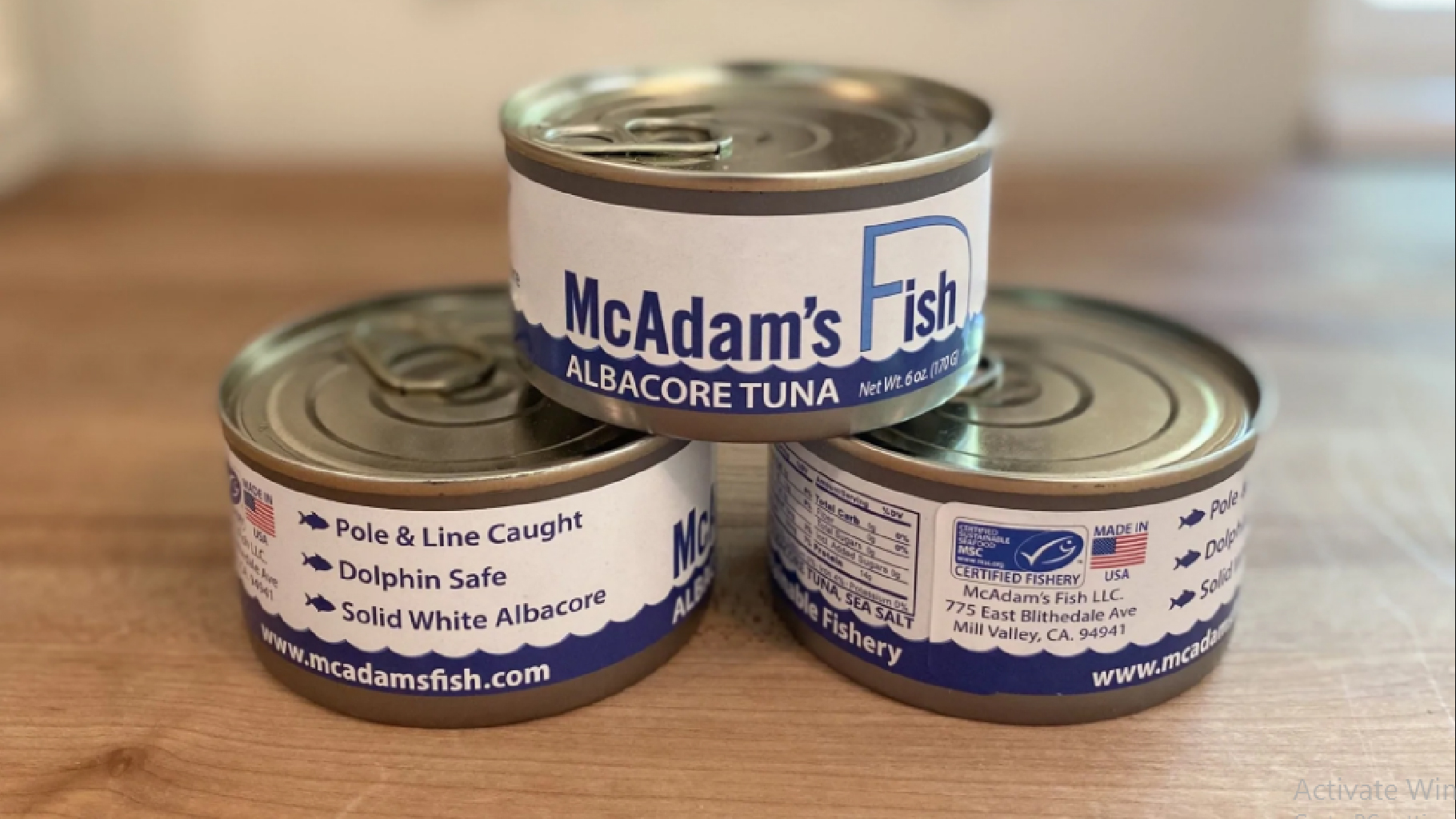by Brian Flynn and Dimitri Steinberg, FounderPartners
The two of us have sold over 100 businesses over the past 25+ years and we’ve learned many important lessons along the way. We’ve played roles on all sides of the exit process – as M&A investment bankers (Morgan Stanley, Robertson Stephens, Lazard, etc), serial tech entrepreneurs (10 exits in software, mobile, Internet), heads of corporate development (Macromedia, multiple acquisitions/investments and sold to Adobe for $4Bn), CFOs of start-ups and investors (23 companies). We’d like to share some of the most important ones with you. The first three lessons are all about TIMING. As in life, timing is incredibly important when it comes to selling your business.
- Don’t Miss Your Exit Window: Throughout a Company’s life-cycle, there are good and bad windows to try and sell. It’s easy for a Founder to put their head down building their business and not realize that they may have missed the best time to sell their business. When is that time? When the wind is at your back – revenues growing, customer count increasing, margins expanding, industry is actively consolidating or your company is the only game in town, etc. If you wait too long, you may find yourself facing headwinds – revenue growth deceleration or stagnation, increasing customer churn and customer acquisition costs, competition increasing, etc.
- Be Realistic About Valuation – sip, but don’t gulp your own Kool-Aid: What’s the natural reaction for a Founder who receives an unsolicited offer to buy their business for $25 million? “That’s not nearly enough! We’re going to be a billion dollar company in 3-5 years!” As company builders ourselves, we know that to become a successful entrepreneur requires a healthy ego and extraordinary levels of self-confidence. That said, not every business is destined to become a Unicorn. Building a $25mm business from scratch is an incredibly impressive achievement and you need to be cognizant of what is possible given the specific facts and circumstances around your business.
- M&A is Seasonal: There are two “windows” to sell your company – the Fall (Labor Day until December 15th) and the Winter/Spring (Jan 2 – July 4th) seasons. Selling a business involves multiple constituents (CEO, CFO, Board, Corporate Development, Legal Counsel, Business Unit Sponsor, etc) and they basically don’t want their holidays impacted by a potential deal. Momentum also matters in a sale. So, we recommend “launching” a sales effort as close to the beginning of these two season as possible to maximize time available during those windows.
One obvious question might be: What’s the big deal even if I don’t get a deal done by the end of a window? Can’t I just take a break and resume after the Winter Holidays or Summer Vacation? Momentum is your best friend in getting a deal over the finish line and anything that breaks that momentum – especially something as substantial as the Holidays or Vacations kills momentum. Try to avoid this if at all possible. Finally, it’s important to realize that a lot of important preparatory activities can and do happen during the “off-season”, so even if it’s July 15th, there’s plenty to do (e.g. creating the game plan, preparing marketing materials, identifying buyers, etc.) to get ready for kicking things off after Labor Day.
OK; You’ve decided that now is the time to sell. What do you do next? Do you need an ADVISOR or go it alone? If you hire an Advisor, what role should they play?
4. Founder-Led vs. Banker-Led M&A: There are two different ways to sell your business: “banker-led” vs. “founder-led”. A banker-led process is one in which an investment banker takes the lead in identifying potential buyers, contacting them and pushing them into a sale process. Banker-led processes make sense for traditional, well-known, established companies with predictable cash flows. Does that sound like your rapid growth start-up? If not, then a founder-led process makes more sense.
Founder-led processes are driven by the entrepreneur – they navigate the sale process with behinds the scene, hands on COACHING. There are many reasons why this approach works better. First, it’s more authentic. Buyers want principal-to-principal conversations – they don’t want bankers inserting themselves in the middle. Buyers also want the founder’s technology, platform, team and vision. As a Founder, you are best positioned to explain the value embedded in each of these (not a banker). In addition, you need as much opportunity to sell yourself since you’re also a critical part of the deal. Can’t do that in a Banker-led process. Conversely, the way to maximize a great outcome is if you can learn as much as possible about the Buyer’s needs (e.g. product roadmap, business strategy, other private information). That way, you can help craft the strategic rationale for a deal and compelling value. Bankers simply don’t have the technical skill or product understanding to do this. Finally, this is something that a Founder should relish. The learnings that will come from taking ownership of selling your business are priceless. Think about it – you spend a decade creating millions of dollars in value, don’t you also want to understand how to capture that value by optimizing the exit?
So now you’ve decided to take ownership of the sale process for yourself. How do you figure out who the right BUYERS are, how to approach them and how to position your business?
5. Identify and Prioritize the Potential Buyers:So, who are the most obvious buyers? Think like a detective solving a crime. It’s all about Means, Motive and Opportunity. First, start with strategic rationale (Motive): Which parties would benefit the most from accelerated time to market by acquiring your IP/business? How much revenue lift could they achieve by cross-selling your products to their customer base? What about their need for adding new talent that can grow a business and continue to innovate? Second, which buyers have the financial ability (Means) to make acquisitions? This means that partners must have sufficient cash, a liquid currency, borrowing capacity, etc. Finally, is this a good time for the buyer to act (Opportunity) and have they made any acquisitions in the last 3 years ? If not, then they’re less likely to start by acquiring your company.
Now that you’ve identified and assessed the buyers based on the criteria above, you should prioritize them into 3 categories – Tiers I, II and III:
- Tier I are those buyers with the most compelling strategic rationale, financial ability to transact and are acquisition track record;
- Tier II are companies lacking in one or more categories (rationale, capability, M&A track record) but you could still imagine them being interested. In short, these companies’ likely interest levels requires further assessment; and
- Tier III: These are low level possibilities, but if you aren’t getting traction with companies in the first two Tiers, you would consider reaching out to them.
6. Relationships Matter!: What do you think would happen if you proposed marriage on a first date? Same idea with M&A. Selling your business to a buyer is a permanent commitment that buyers don’t enter into lightly. In a perfect world, the buyer would get to know you, your team, your technology and platform and business really well over an extended period of time. Buyers don’t want to buy hard assets and lose the most valuable part of the business – the people. One way to do this is by establishing commercial relationships with potential buyers (date before you get married). For instance, become a white label provider to demonstrate the potential power of a more permanent combination. Another important relationship is the personal one between you and the “Sponsor” at the buyer. One of our portfolio companies was acquired by Yahoo! for $26 million (only one year post legal formation) simply for the proven talent and IP.
7. Critical to Identify and Engage the Sponsor: The Sponsor is the ultimate champion within a company for buying your business. The Sponsor is the one will “pound the table” to get a deal done with you and may be the person you ultimately report to post transaction. As a Founder, you must cultivate a direct, personal relationship with that person. Depending on the size and complexity of a company, that Sponsor can have different titles. At a small(er) company, it could be the CEO; at a large(r) one, it’s more likely to be the General Manager of the business unit that you will become part of.
8. Every Interaction with the Buyer Will Be Judged: Seriously. In every deal, there will be critical inflection points, where a lot of value can be created or lost. The problem is you don’t know in advance when they will occur. Therefore, you need to be very careful and disciplined with how you deal with everyone at a potential buyer. Experienced Corporate Development (internal M&A) executives are taught to repeatedly test and probe you. It’s very easy to inadvertently hurt yourself with a careless comment about your investors’ value expectations or the fact that no other buyer has asked about X. These comments can unintentionally disclose your bottom line price or the competitive dynamic with other buyers. Don’t do it!
I’ve got the Buyer really interested in my buying my business. How much is it WORTH and when will I know I’ve got a DONE DEAL?
9. Valuation is Both an Art and a Science: You’ve probably heard this before and it’s true. The earlier stage a business is (before stable cash flows have been achieved and which can be discounted and valued) the more we are in the realm of art over science. Why did Mark Zuckerberg pay $22 billion for WhatsApp? That’s “art”. Why am I willing to pay you $671.01 for a series of 10 annual payments of $100? That’s “science”. What does art mean in this case? Have you positioned your business in the most favorable light? Have you laid out a vision? Have you developed a compelling case that the “marriage value” (i.e., synergies) are substantial? Have you convinced buyers of the scarcity value surrounding your business or that it’s critical for it not to fall into the hands of the competition? Don’t think this matters? We successfully negotiated a nearly 3x increase in purchase price from initial offer for one of our clients based on these principles.
10. Getting a Letter of Intent Means Only a 50% Chance of a Deal Closing:From signing a LOI to closing could take 30-90 days. During that period, the buyer will go through your business with a fine tooth comb as they conduct their diligence. Lots of things can go wrong! Time is the enemy of all deals and you have just agreed to an extended period of time (no-shop) where you’re stuck talking to only the one buyer. Beyond that, things outside of your control can go wrong (your deal sponsor leaves the company, the buyer misses its earnings and has to restructure, the buyer is itself in a sale process or has shifting priorities, etc). While you cannot entirely insulate yourself from some of these potential problems, this does highlight the importance of your BATNA (“Best alternative to a negotiated agreement”) – your downside protection if a particular deal falls through. This could take the form of having viable alternative offers or a compelling ability to walk from any deal. Regardless, you should be prepared for plenty of twists and turns even once you get a signed LOI.
Selling your company is an emotional journey for any founder. It’s fraught with unpredictable highs and lows. Deal momentum matters and having the right coach or seasoned M&A consigliere can help you manage the road to exit, dramatically improve odds of closing and increase outcome returns.
If you’ve received an unsolicited offer or wish to consider proactively selling your company, FounderPartners would be interested in helping you navigate the process.
View






